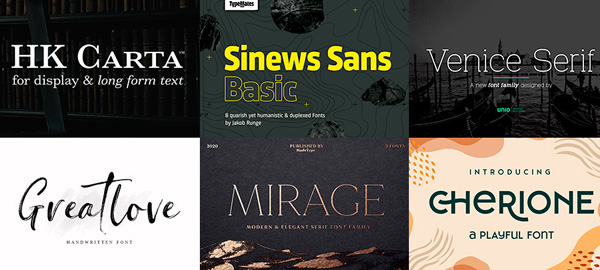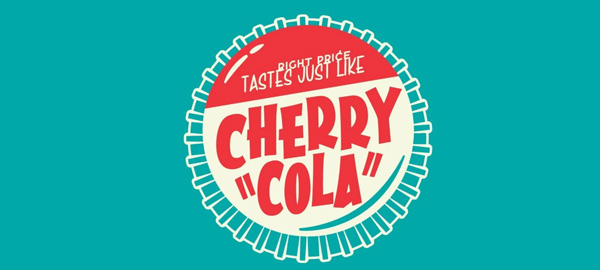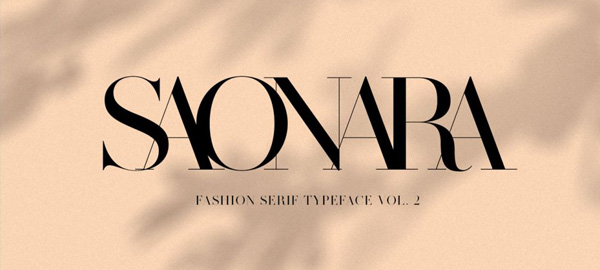
Typography is hotter than ever. With most marketing efforts being fueled by content, graphic designers and creative agencies are finding ways to push the limits of typography to make it more digestible and visually appealing.
The Increasing Importance of Typography In Design
Audiences consume a ton of content—from social media, online ads, and video to traditional marketing channels like TV ads and billboards. To capture their attention, you don’t just need the right copy. You need copy that stands out visually and reflects your brands’ personality.
Web Typography Trends
No longer limited by a short list of web-friendly fonts, designers are exploring new ways to play with typography on the web. We’re seeing more prominent typography in hero images, exit intent pop-ups, and call-to-action graphics. Creative font treatments are replacing or sharing space with images, instead of competing with them.
Another factor influencing web typography is minimalism. With UX design being focused on accessibility, minimal visual clutter is crucial. Designers are taking this challenge as an opportunity to use typography to make web content both readable and eye-catching.
Get Inspired by These Typography Design Ideas
Looking for some inspiration for your next creative project? Try these ideas:
Go Retro
Our cultural love for all things retro has bled into typography design. Use retro fonts to evoke a sense of nostalgia for older audiences or to give younger audiences a feel for a time they missed.
 Right Price retro display font
Right Price retro display font
Serifs Are Back
Sans-serif fonts have dominated design in recent years, but serif fonts are making a comeback. Use them to portray sophistication, trust, or a sense of tradition.
 Saonara san-serif font
Saonara san-serif font
Remember Font Psychology
Every font conveys its own message, and with audiences overwhelmed by visual clutter, font psychology is more important than ever. Make sure your typography treatment is sending the right message by going back to the basics.
Typography gives designers an opportunity to really flex their muscles and experiment with words in an infinite number of ways. As long as the message is readable for your audience, feel free to flex as hard as you want.


